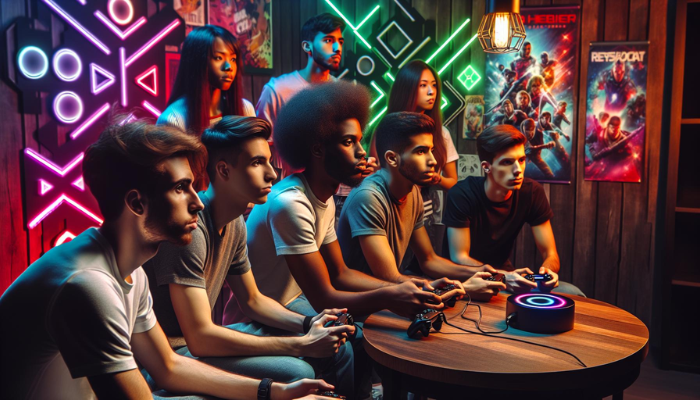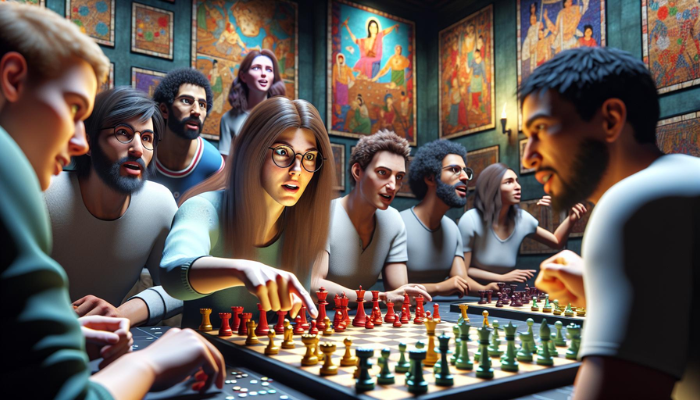Harmonicode is an emerging concept that bridges the gap between music and coding, offering a revolutionary approach to creative technology. By combining programming principles with musical composition, harmonicode enables developers, musicians, and enthusiasts to create interactive and dynamic sound experiences. In this article, we will explore the core aspects of harmonicode, its applications, and its growing impact on various industries.
Understanding Harmonicode: A Fusion of Music and Code
Harmonicode is a term derived from “harmony” and “code,” emphasizing the integration of musical elements with software development. It utilizes coding languages such as Python, JavaScript, and Sonic Pi to generate musical compositions, automate sound effects, and develop interactive audio experiences. This innovative concept has gained traction in the fields of music technology, game development, and digital art.
By leveraging harmonicode, artists and programmers can create algorithmic compositions, where music is generated based on predefined rules and patterns. This approach allows for endless creativity, enabling composers to experiment with new sounds and arrangements that would be difficult to achieve manually. As a result, harmonicode is becoming an essential tool for modern digital musicians.
Key Technologies Powering Harmonicode
The implementation of harmonicode relies on several cutting-edge technologies that facilitate the seamless integration of music and programming. Some of the most widely used tools include:
- Sonic Pi: A live coding environment designed for creating music through code. Sonic Pi allows users to compose in real-time, making it a favorite among electronic musicians and educators.
- TidalCycles: A language specifically crafted for live coding music, enabling complex rhythm and melody manipulations.
- Pure Data (Pd): An open-source visual programming language for audio processing and synthesis, widely used in interactive installations and sound design.
Each of these technologies plays a crucial role in expanding the possibilities of harmonicode. By utilizing these platforms, developers and musicians can push the boundaries of traditional music composition and real-time performance.
Applications of Harmonicode in Various Industries
Harmonicode is not limited to music production; its applications extend across multiple industries. Some of the most notable applications include:
1. Game Development
Game developers use harmonicode to create dynamic soundscapes that react to player interactions. By coding procedural audio, developers can ensure that every gaming experience feels unique and immersive.
2. Education and Learning
Many educators incorporate harmonicode into their curriculum to teach students programming through music. This approach makes learning to code more engaging and accessible, particularly for those interested in the arts.
3. Interactive Art Installations
Artists use harmonicode to build interactive exhibits where visitors can manipulate sound through movement, touch, or other inputs. These installations offer an immersive experience that blends digital and physical art forms.
Benefits of Using Harmonicode

Harmonicode offers several advantages to both musicians and developers. Some of the key benefits include:
- Enhanced Creativity: By combining music theory with programming logic, creators can experiment with new sounds and compositions that go beyond traditional methods.
- Real-Time Interactivity: Many harmonicode tools allow for live coding, meaning changes can be made in real-time, making performances and improvisation more dynamic.
- Automation and Efficiency: Automating musical elements through code reduces repetitive tasks and allows for the creation of complex compositions with minimal effort.
- Cross-Disciplinary Collaboration: Harmonicode fosters collaboration between musicians, programmers, and artists, leading to innovative projects that blend multiple fields of expertise.
The Future of Harmonicode: Where is it Headed?
As technology continues to evolve, harmonicode is expected to play a significant role in shaping the future of music and digital art. Some potential developments include:
- Integration with AI and Machine Learning: AI-driven harmonicode applications could enable intelligent music composition and real-time adaptation based on user input.
- Expansion into Virtual and Augmented Reality: Harmonicode will likely become an integral part of immersive experiences in VR and AR environments, enhancing user engagement.
- Increased Adoption in Education: More schools and universities are expected to adopt harmonicode as a teaching tool, making programming more accessible and enjoyable.
With these advancements, harmonicode is set to become a cornerstone of the digital music and creative technology industries.
Conclusion
Harmonicode represents the perfect marriage of music and coding, opening up new possibilities for artistic expression, interactive experiences, and technological innovation. Whether you are a musician looking to experiment with digital compositions or a developer interested in sound programming, harmonicode offers a wealth of opportunities to explore. As this field continues to evolve, it will undoubtedly shape the future of creative technology in exciting and unexpected ways.
Frequently Asked Questions (FAQs)
1. What is harmonicode?
Harmonicode is a concept that integrates music and coding to create dynamic and interactive sound experiences.
2. What programming languages are used in harmonicode?
Common languages include Python, JavaScript, Sonic Pi, TidalCycles, and Pure Data.
3. Can beginners learn harmonicode?
Yes! Many tools, such as Sonic Pi, are beginner-friendly and provide interactive learning experiences.
4. Is harmonicode used in professional music production?
Yes, many electronic musicians and sound designers incorporate harmonicode into their work.
5. How does harmonicode benefit game development?
It enables dynamic soundscapes that react to player actions, enhancing immersion.
6. What are some examples of harmonicode tools?
Popular tools include Sonic Pi, TidalCycles, and Pure Data.
7. Can harmonicode be used in live performances?
Yes, live coding is a popular application, allowing performers to manipulate sound in real time.
8. How is harmonicode used in education?
It is used to teach programming through music, making coding more engaging for students.
9. What are some future trends in harmonicode?
AI integration, VR/AR applications, and expanded educational use are key future trends.
10. Where can I start learning harmonicode?
You can start with online tutorials, community forums, and open-source platforms like Sonic Pi and TidalCycles.





